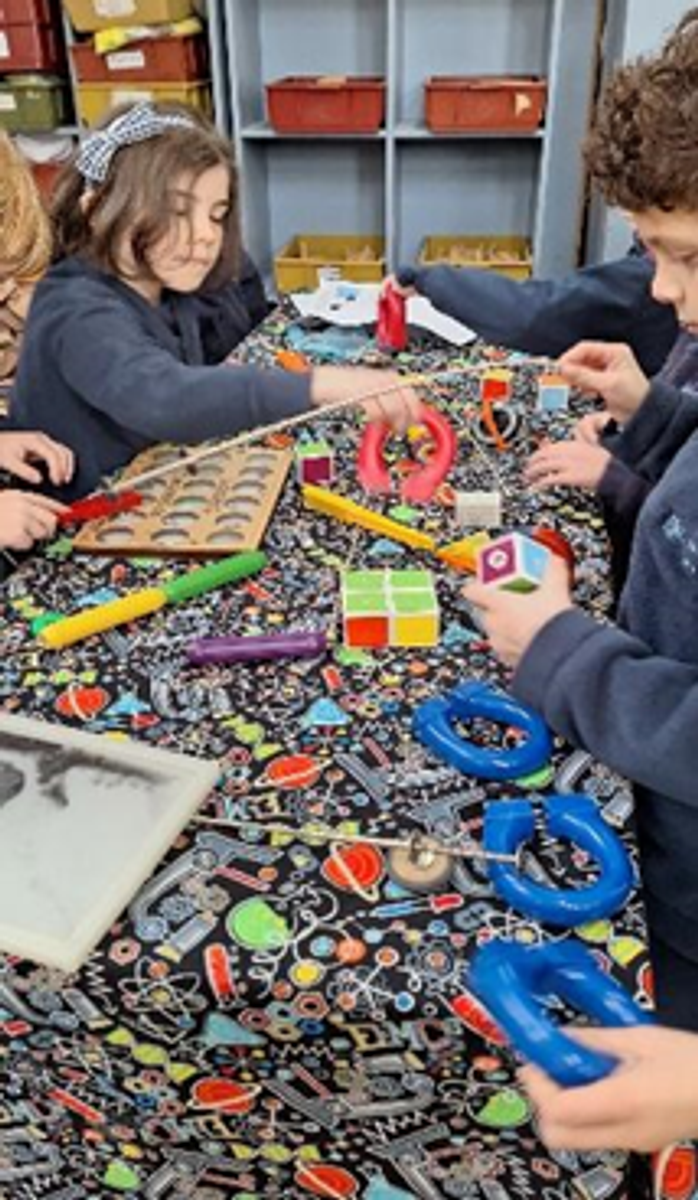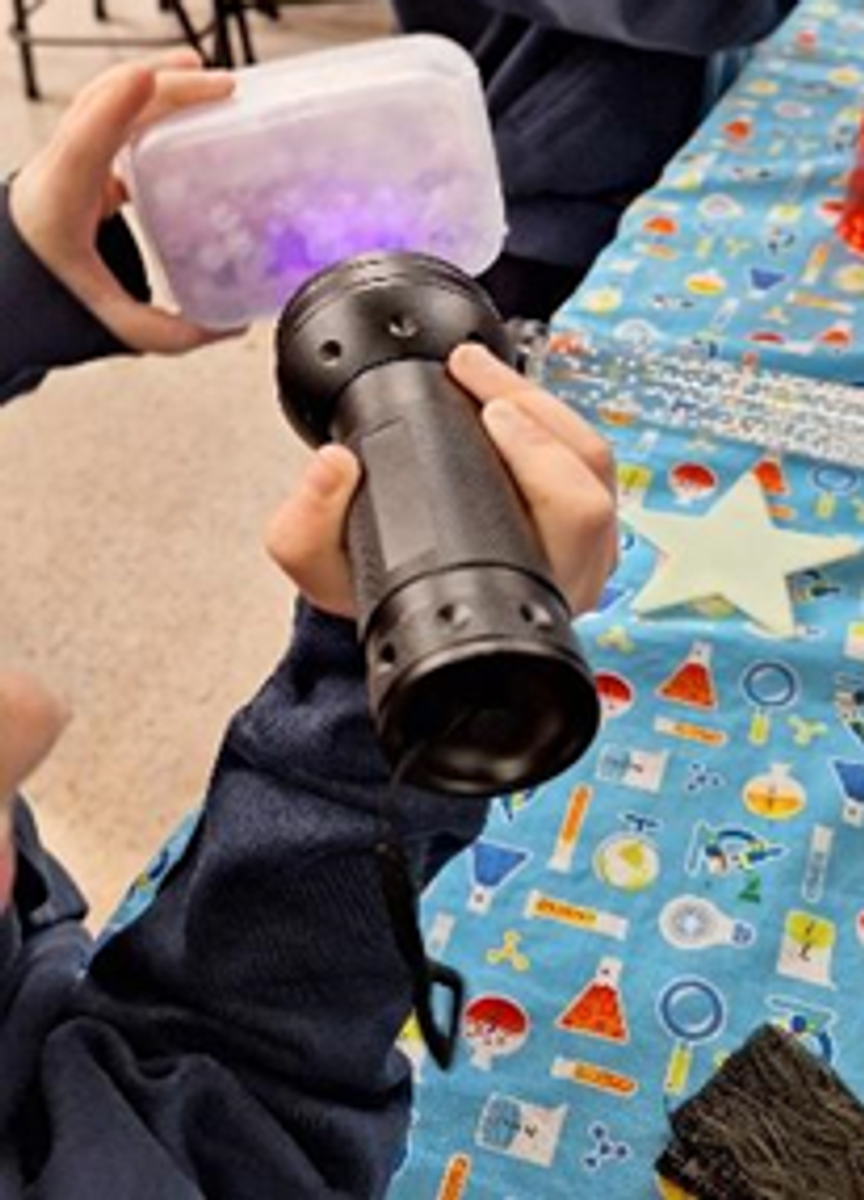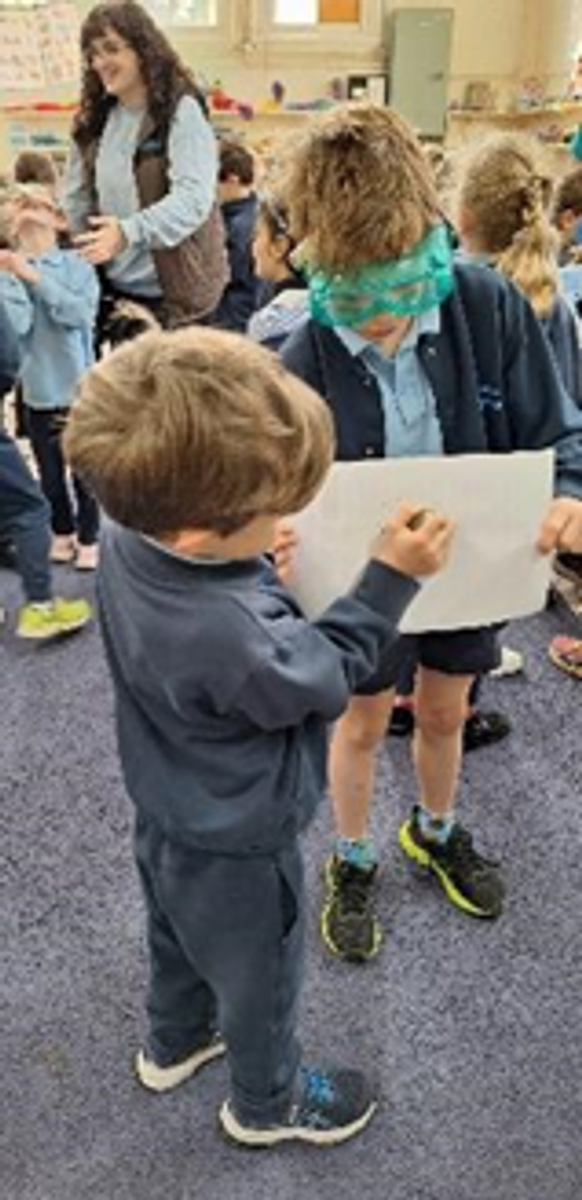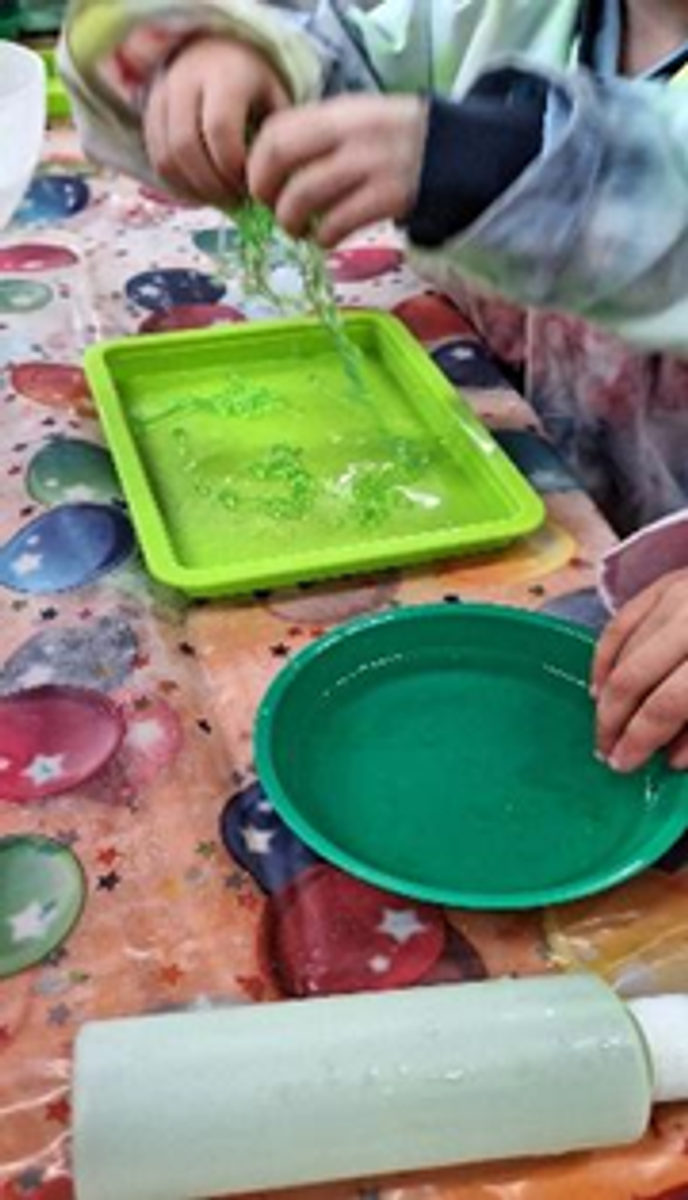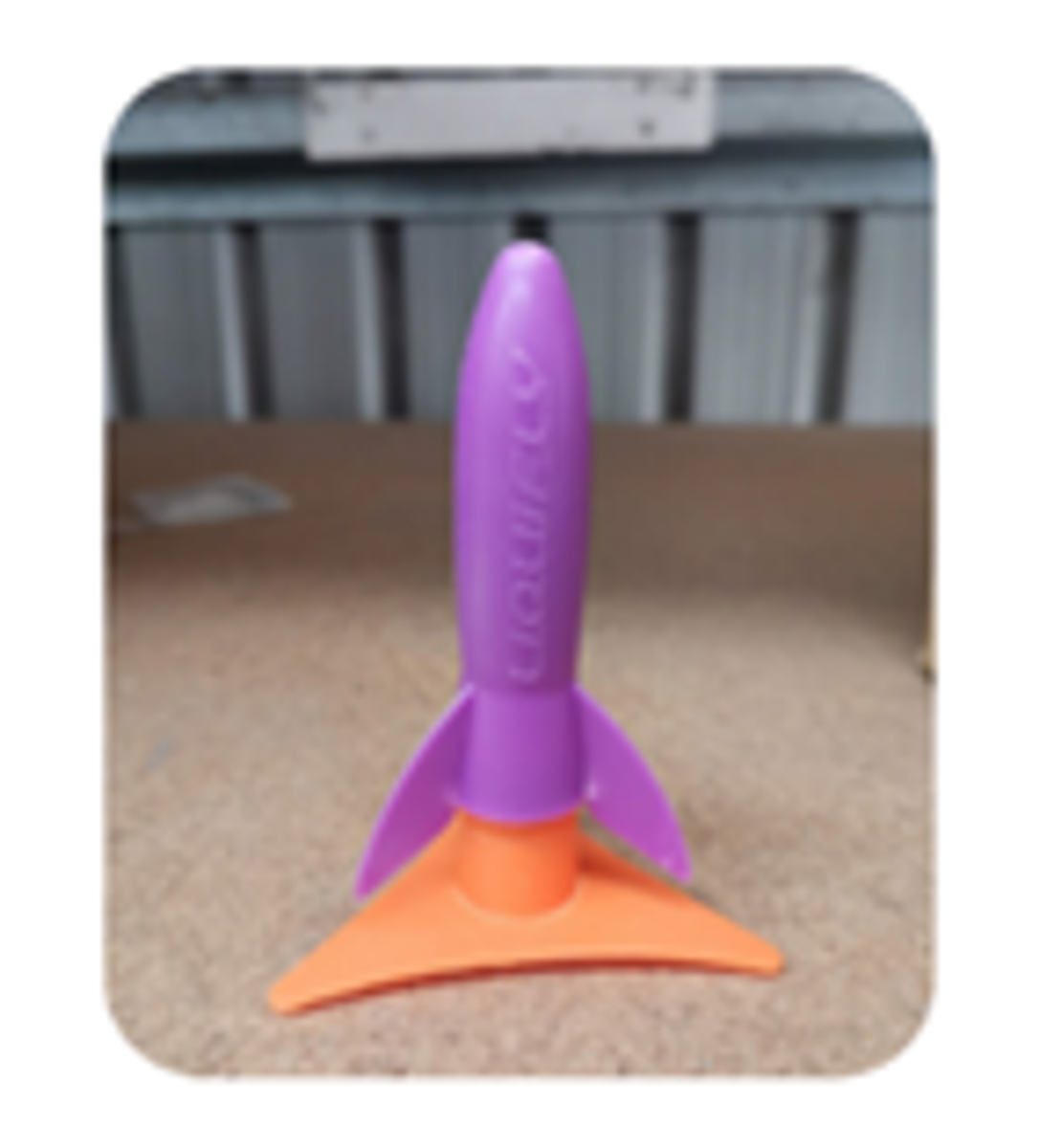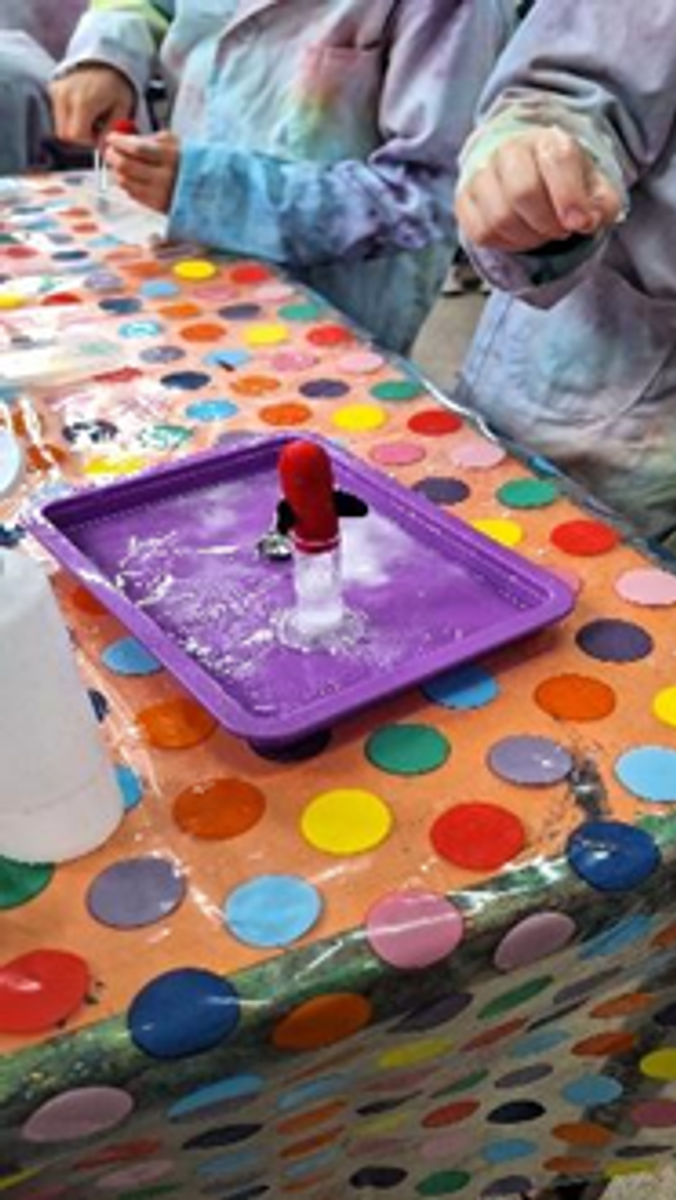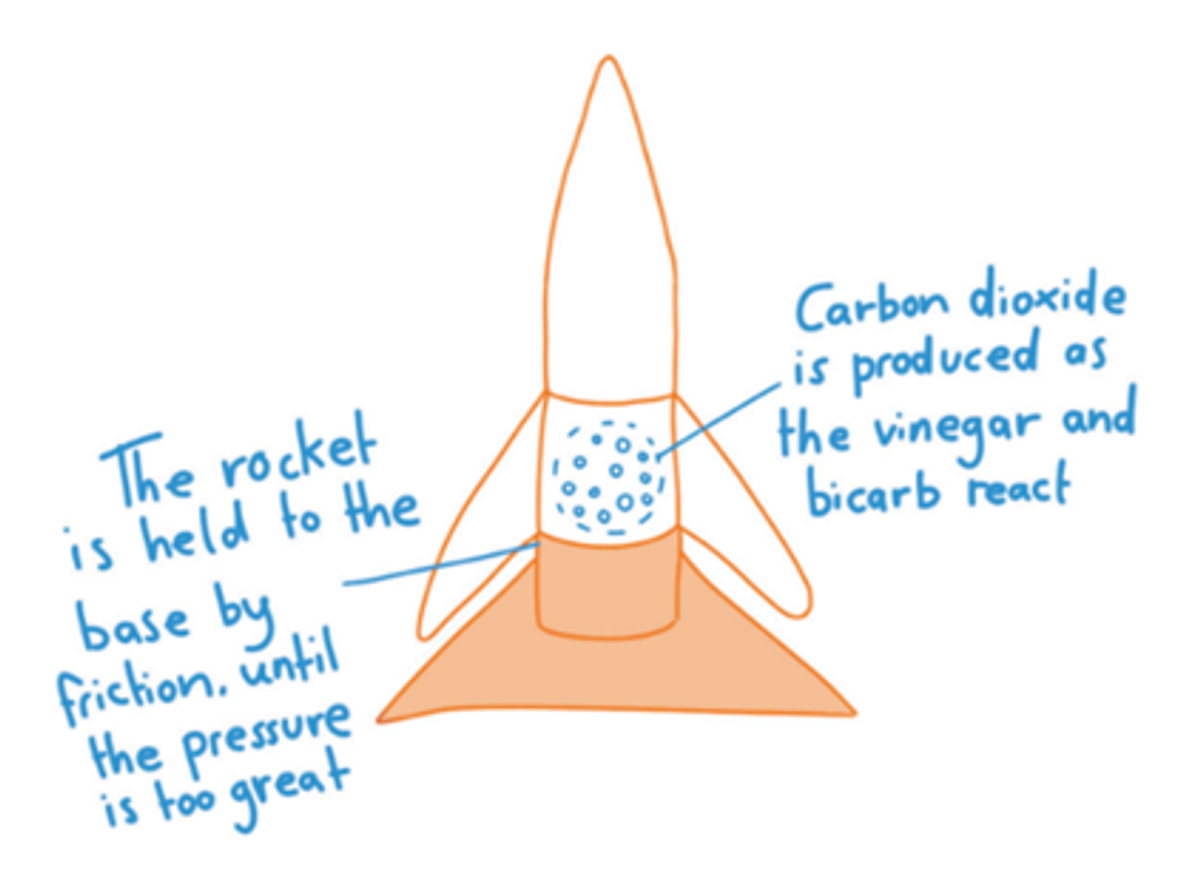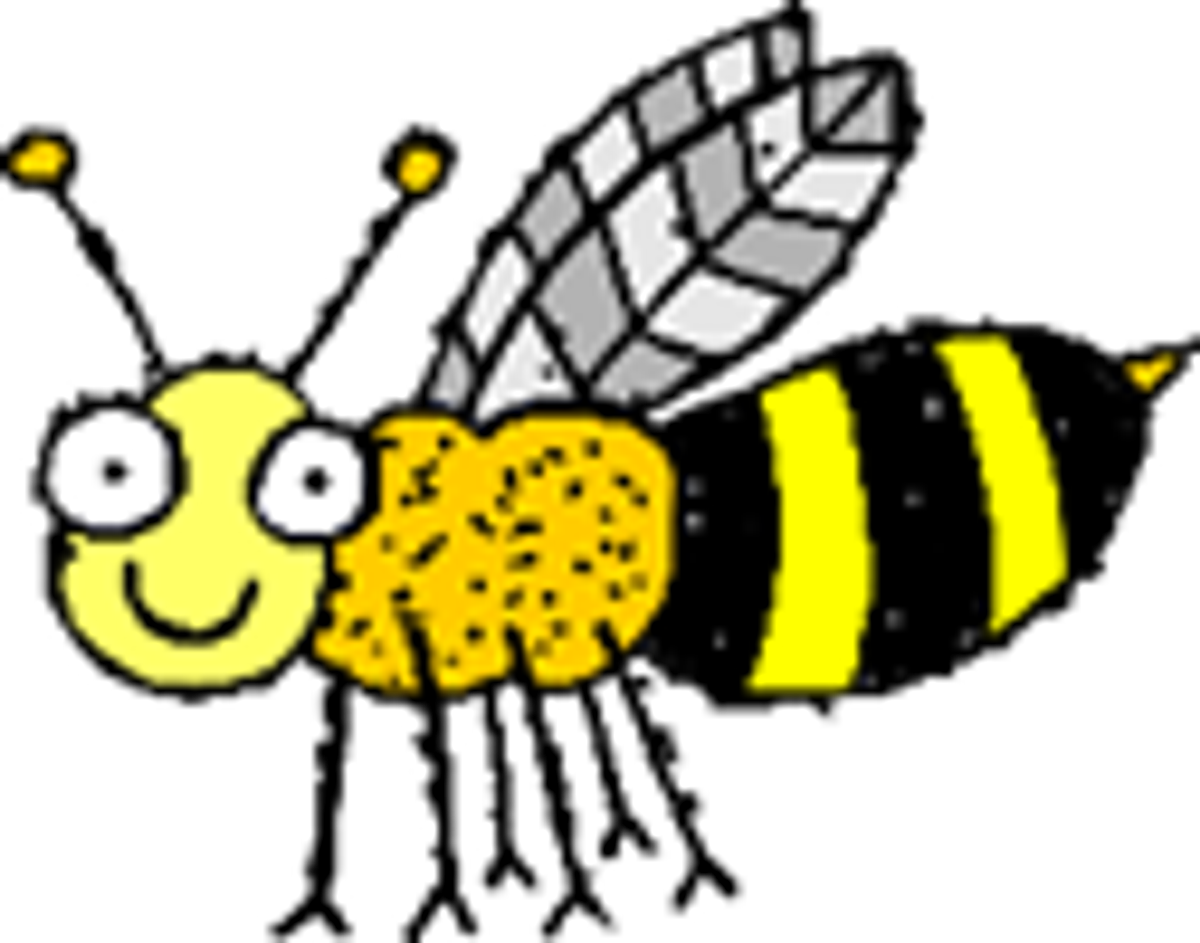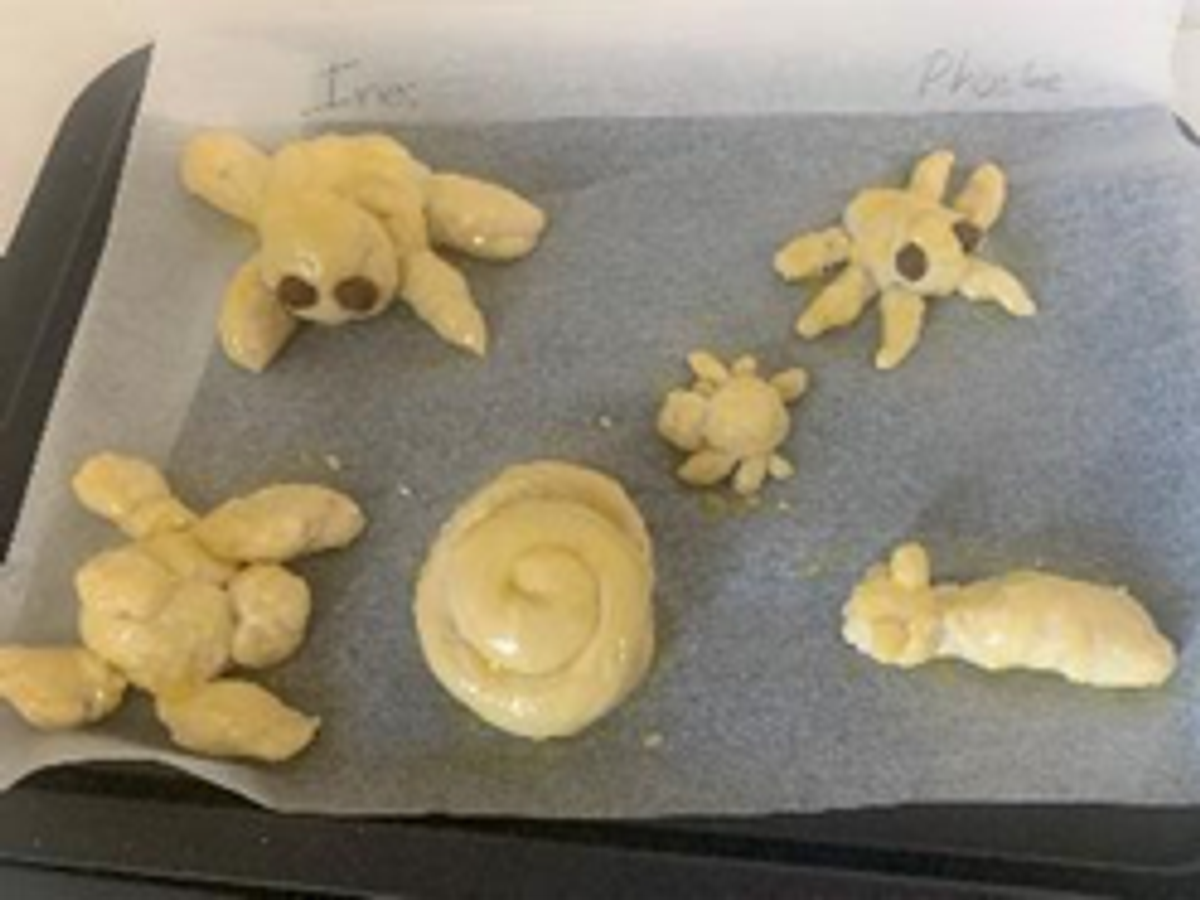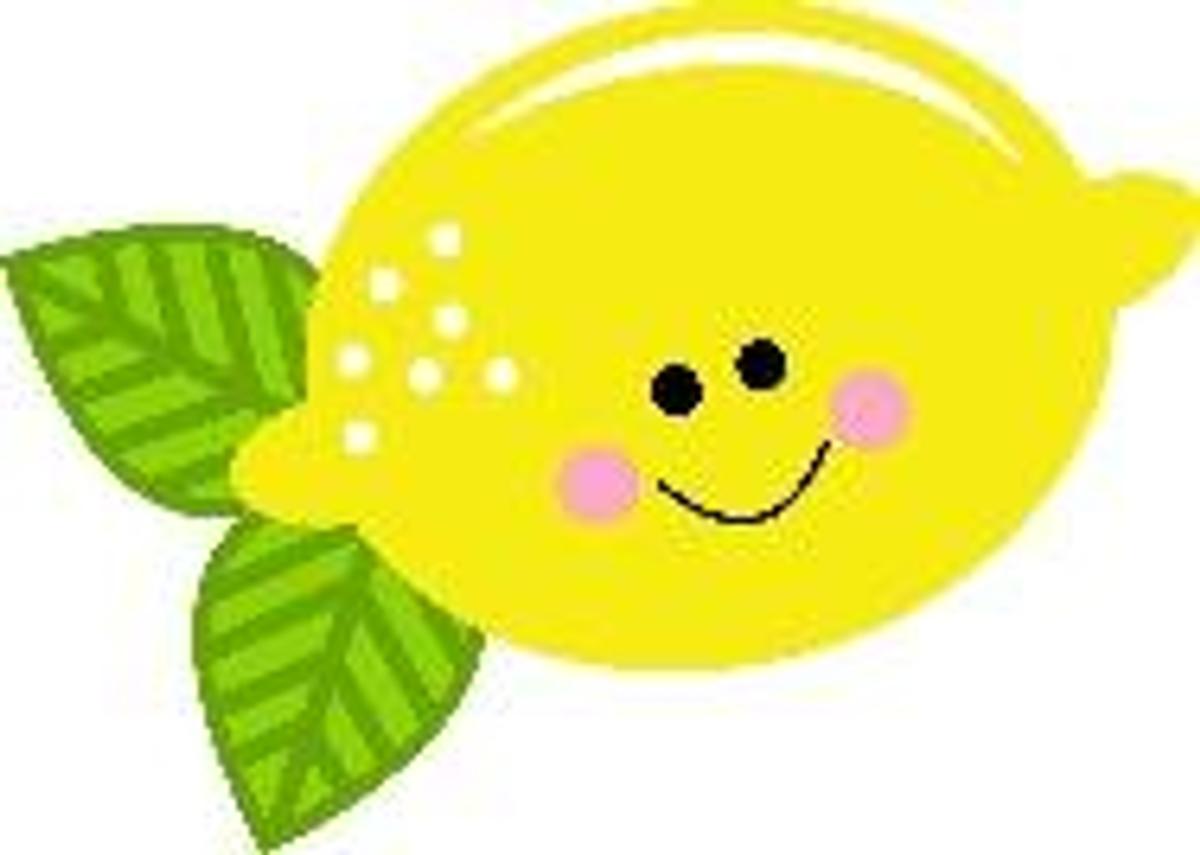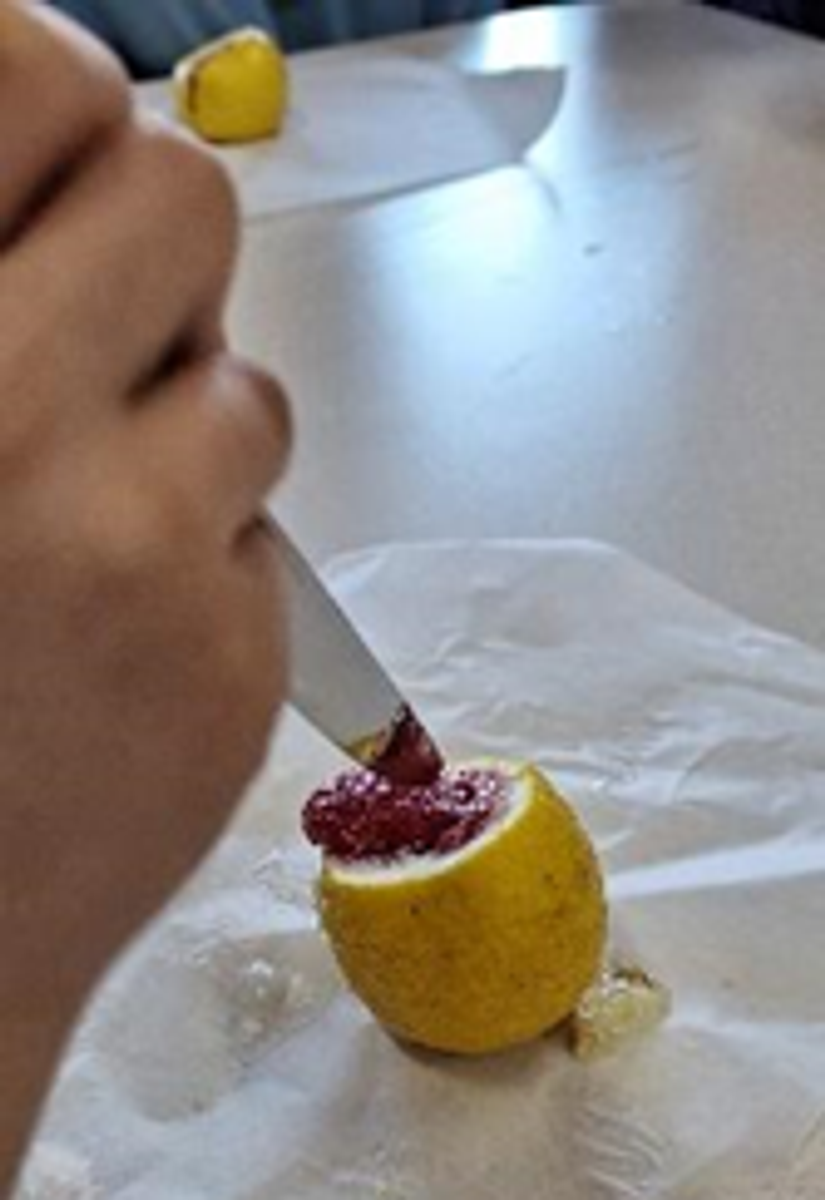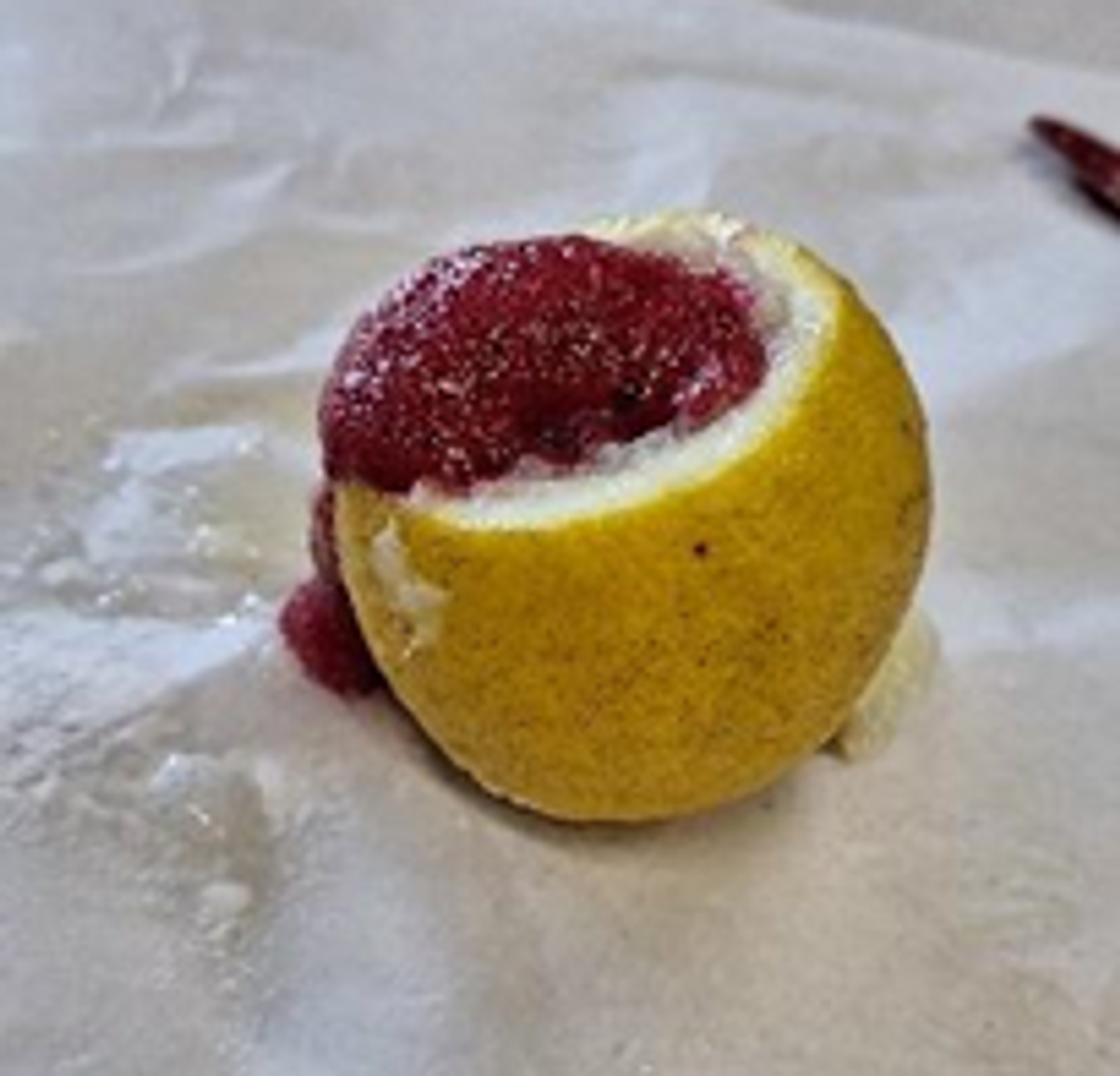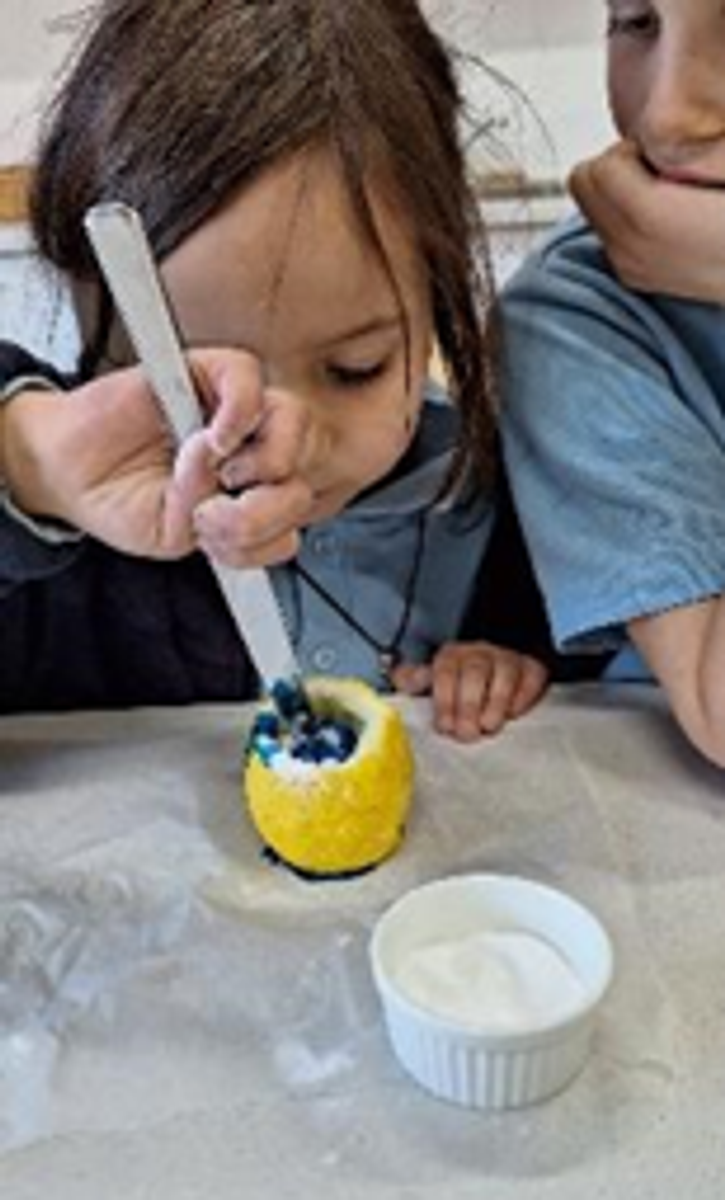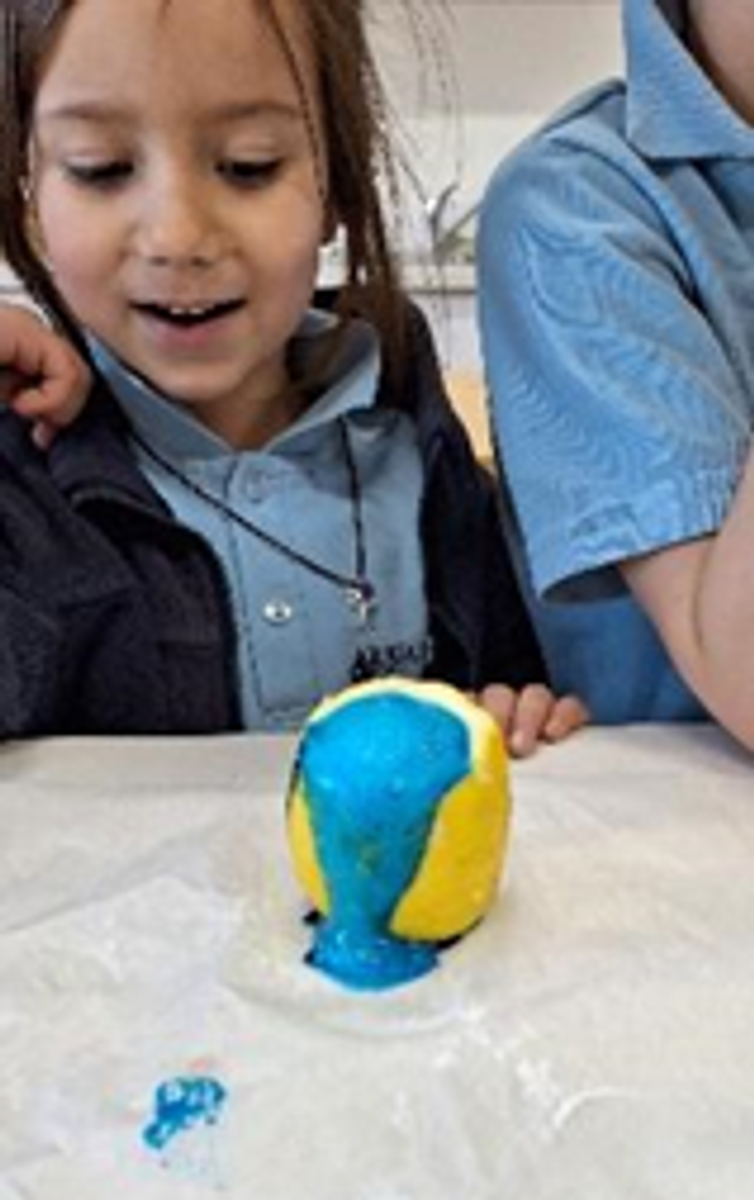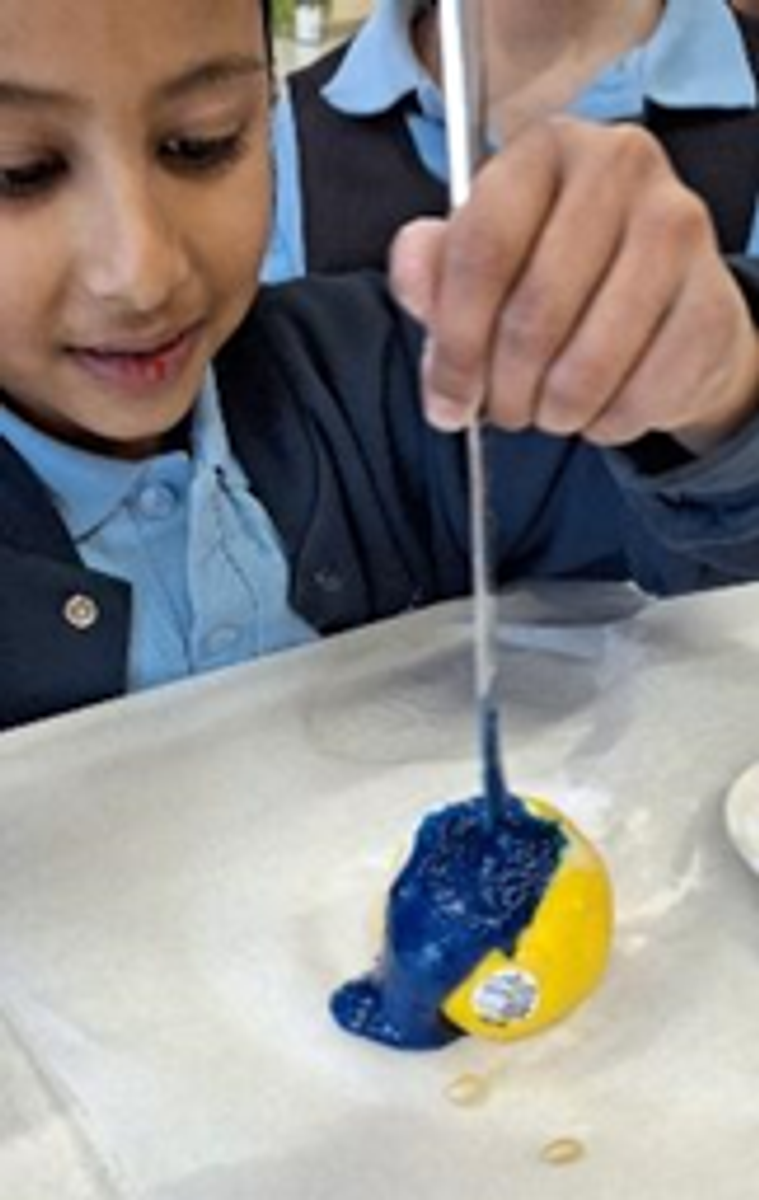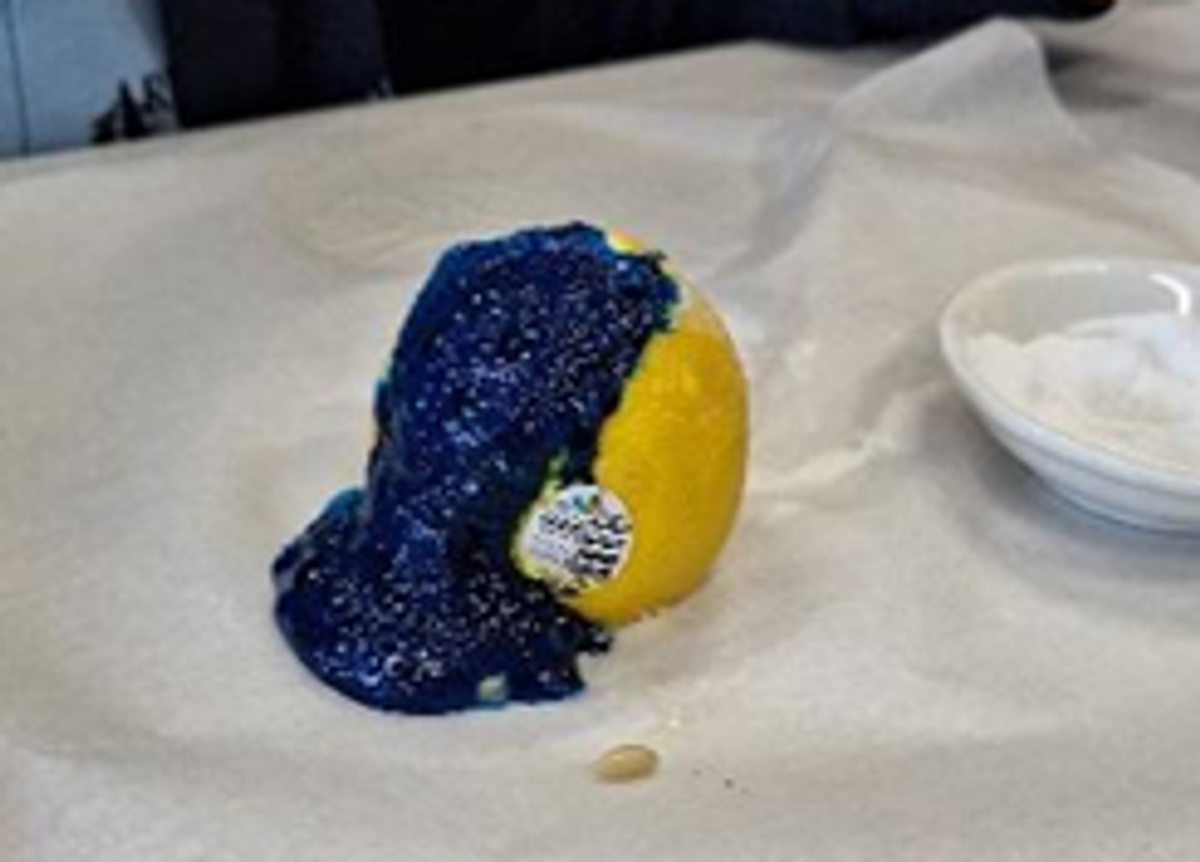Year 1 Bulletin

Task: SCIENCE WEEK - SUPREME INCURSIONS: CRAZY CHEMICALS & CONDUCTING EXPERIMENTS
Curriculum link:
Science Inquiry Skills
Students participate in guided investigations, including making observations using the senses, to explore and answer questions.
Students pose and respond to questions and predict outcomes of investigations.
Chemical Sciences
Students investigate how everyday materials can be physically changed or combined with other materials in a variety of ways for particular purposes.
Physical Sciences
Students investigate the way objects move depends on a variety of factors including their size and shape: a push or pull affects how an object moves or changes shape.
Communication
Students record, sort and represent their observations and communicate their ideas to others.
Crazy Chemicals incursion - Forces and Energy
Learning intention: To investigate the effects of combining materials and manipulating objects.
The students investigated a wide range of objects, gadgets and scientific equipment, exploring the properties of different materials, and seeing how they can change and transform.
The students made String Slime and Pressure Rockets
String Slime - The scientific name for slime is non-newtonian visco-elastic fluid! It’s tricky to spell, but fun to say!
Polymers are very big molecules made up of very small molecules layered together in a repeating pattern. A molecule is a group of atoms bound together. Chemical reactions occur when chemical bonds between atoms are formed or broken. When the calcium chloride (CaCl2) is mixed with the activator (Sodium Alginate) a chemical reaction occurs that links the molecules together like a chain. The resulting polymer is insoluble (does not dissolve) and this results in the formation of a solid polymer strand. This reaction creates an irreversible change because the chemicals can no longer return to their original state.
Pressure Rockets
When vinegar (acetic acid) and bicarb soda (sodium bicarbonate) are mixed, a chemical reaction occurs that produces carbon dioxide gas. As more and more gas is released from the reaction it rapidly builds pressure in the small tube. Once the force of the pressure is enough to overcome the force of friction, (holding the rocket to the base) the rocket is launched into the air. This is an example of how chemical potential energy is transferred into pressure, which is then converted into kinetic energy when the rocket launches.
Science in the Kitchen - Conducting Experiments
Learning intention: To investigate the effects of combining substances.
The students conducted two experiments – Bread in A Bag & Lemon Volcano Explosion
Bread in a Bag & Bread Insects
The students made dough using a zip lock bag and then with the dough, created
edible insects. They followed a Procedural Text and illustrated the steps.
Lemon Volcano Explosion
First, we watched a video that demonstrated how to conduct the experiment.
Post experiment, we hypothesised why some lemons created more lava than others.
If you would like to conduct the Lemon Volcano Explosion experiment with your child, here is the link:
Sharing the Learning:
Your child has brought home a reflection about the Crazy Chemicals Incursion. Have conversations with your child about what they enjoyed about their experiences throughout Science Week and what they discovered as scientists.
What you can do at home to support your child:
- As part of Homework this week, we included a link for you to conduct a simple experiment with your child.
- Continue exploring experiments together using items you have in your pantry / cupboard
https://www.scienceweek.net.au/diy-science/
Angela and Roula
Year 1 Team

